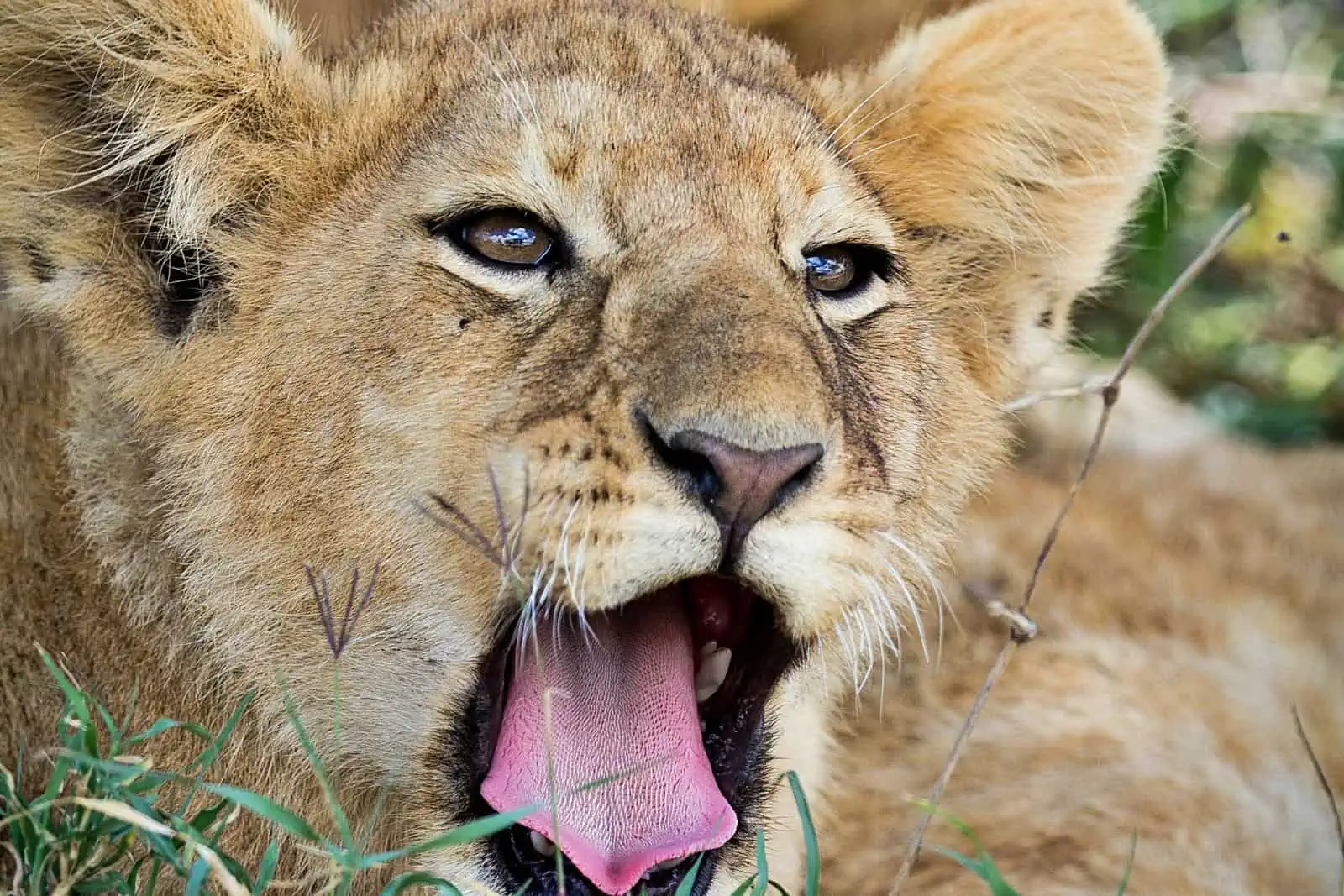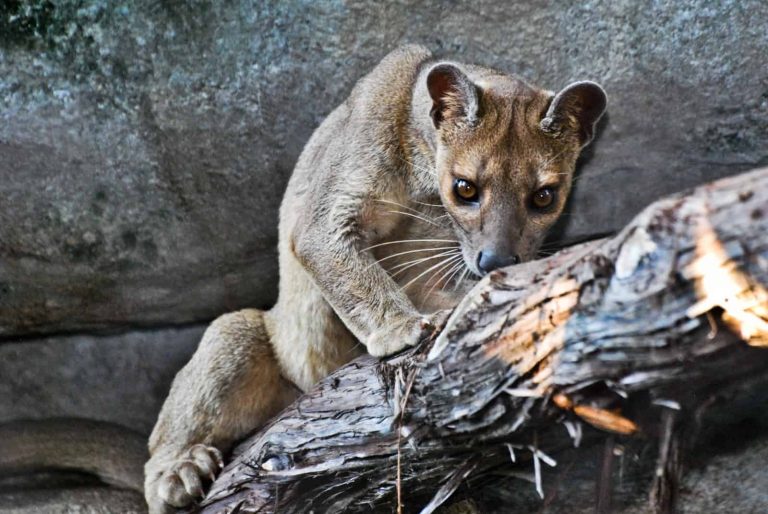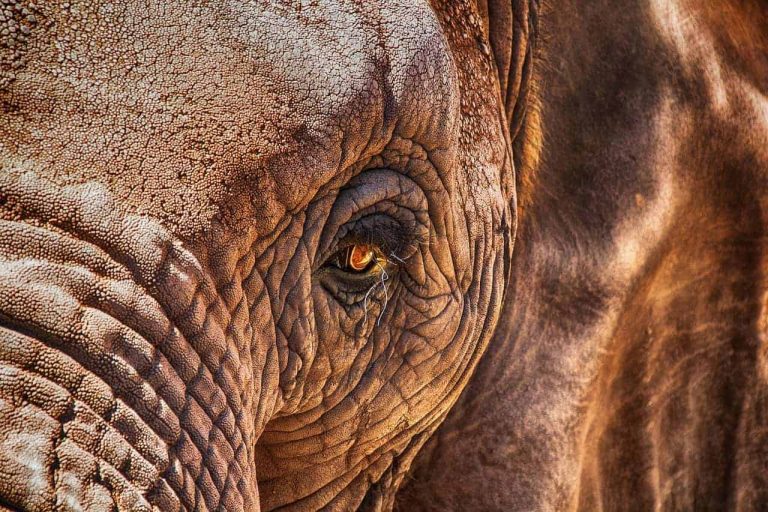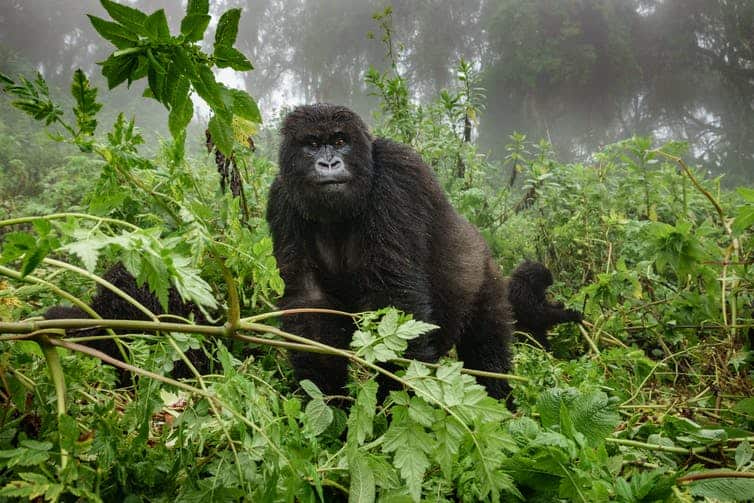UW-Led Research Demonstrates Invasive Ants Alter Lion Predation in Kenya

Fresh findings led by a University of Wyoming graduate student indicate that invasive ants in a Kenyan savanna have prompted shifts in lions’ predatory behavior.
As reported today in the journal Science, the investigators discovered that the incursion of big-headed ants at Kenya’s Ol Pejeta Conservancy reduces lions’ efficiency in hunting zebras, their primary prey. This is due to the invasive ants eliminating native acacia ants that safeguard the whistling-thorn tree from elephants and other herbivores, resulting in diminished tree cover for lions to ambush zebras.
“We demonstrate that a minuscule invader has reshaped predator-prey interactions among emblematic species,” stated the researchers, led by UW Ph.D. student Douglas Kamaru, affiliated with Professor Jacob Goheen’s research group in the UW Department of Zoology and Physiology.
Encouragingly, the lion population hasn’t dwindled post-insect invasion, likely because lions have adapted their diets from zebras to African buffalo, equally vulnerable to lion predation in affected areas.
The research team comprises members from The Nature Conservancy, the University of British Columbia, the University of Florida, the University of Nairobi, Duke University, the University of Glasgow, Karatina University, the University of Nevada-Reno, and the U.S. Geological Survey.
Symbiosis
Whistling-thorn trees, the predominant species in much of East Africa, offer nectar and shelter for native ants. In return, the ants shield the trees against browsers by biting them and emitting formic acid. The native ants are particularly adept at defending the trees against elephants, thereby stabilizing savanna tree cover across vast landscapes, noted the researchers.
Over the past two decades, the invasion of big-headed ants—thought to originate from an island in the Indian Ocean—has disrupted the mutualistic bond between whistling-thorn trees and native ants. While big-headed ants exterminate the native ants, they fail to shield the trees from elephants, enabling the colossal herbivores to browse and break trees at a rate five to seven times higher than uninvaded areas.
The researchers postulated that the dwindling tree cover would impact interactions between lions and their primary prey, zebras. Through observation of zebra and lion activity across several study plots—some invaded by big-headed ants, some not—the scientists confirmed that the big-headed ant invasion diminishes zebra kills by lions by augmenting openness across the landscape.
Ecological cascade
“We elucidate that the expansion of the big-headed ant, one of the planet’s most pervasive and ecologically impactful invaders, has triggered an ecological cascade that diminishes lions’ proficiency in hunting their primary prey,” the researchers wrote.
The scientists speculate that lions at the Ol Pejeta Conservancy have sustained their numbers by preying more on African buffalo, which are larger and more challenging to kill than zebras. In other parts of East Africa, larger lion groups are needed to hunt buffalo, potentially leading to alterations in the size and composition of lion prides at the Ol Pejeta Conservancy.
“Despite the big-headed ants’ influence on the spatial distribution of zebra kills, and the declining frequency of such kills over time, lions’ shift to more formidable prey has thus far averted any consequential effects on lion numbers,” concluded the researchers. “The significance of behavioral adaptations in upholding lion population stability, along with the extent to which such stability can endure as big-headed ants encroach upon the landscape, remain unresolved questions warranting future exploration.”
Source: University of Wyoming
Photo: Joey Zhou / Unsplash






